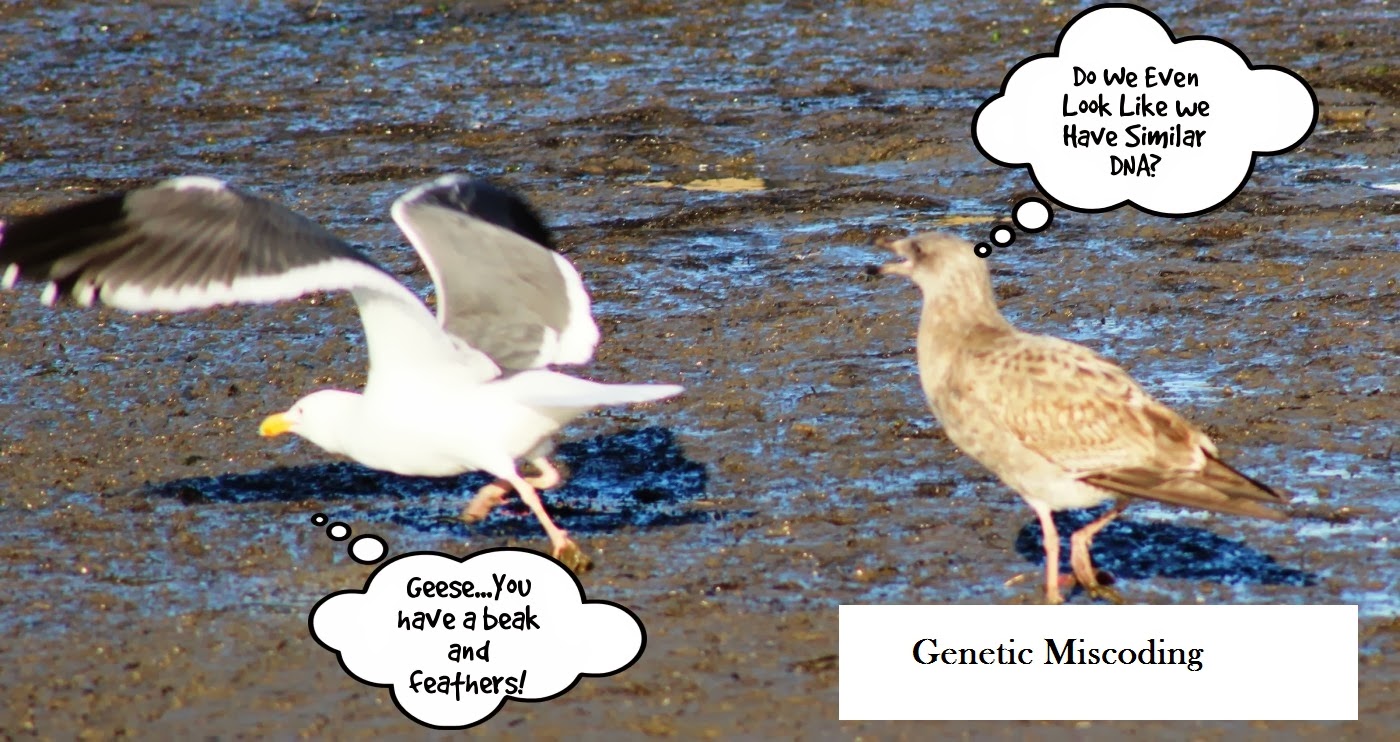 |
| Looks are deceiving among gulls. Young ring-billed gulls have brown spots and can look different than adult gulls. Coding helps to determine if they are the same or different species to avoid mislabeling.Info |
DNA mapping of species is becoming a popular
practice due to its accuracy. Researchers have difficulty seeing small
differences among species that are similar and have moved to mapping chloroplast
DNA. (1).
The concept has been called DNA barcoding because each species comes with a
unique map that helps to denote their origins.
Researchers believe that the DNA bar coding trend
will likely help understand marine species and development (2).
Sometimes sea life is hard to discern from each other. At other times, species
found on the coast are decomposed and difficult to identify. By testing their
DNA they are able to find out what they are, where they came from, and the
school that is in the area.
Bird mapping is
already in process. Most bird species diverge by 9.54 % on average and inter-species are
different by around .29 % making them discernible from each other (3).
Gulls seem to mix up their DNA and are more difficult to measure. It is likely
that birds will be the first group to be fully mapped.
The advantages of DNA mapping are great. Many of
us assume that most of the world’s species are already in existence. This is a
false assumption as species change, merge, and adjust over time. As the
environment changes genetic variability and inter-breeding will create new
species that vary from their ancestors in unique ways. This is a necessity in
living in a moving and adjusting world where new adaptations are needed to
overcome challenges.
No comments:
Post a Comment